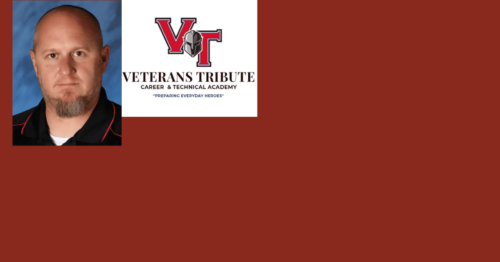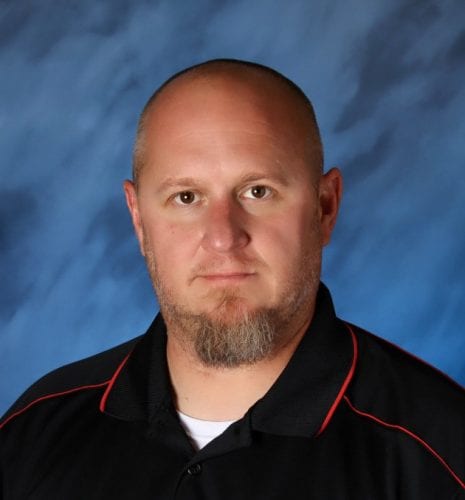
How Second-Generation Immigrants Develop the Skills and Convictions of Citizens
 Today we feature Kevin Barney, a graduate of our Master of Arts in American History and Government (MAHG) program, who teaches history and government at Veterans Tribute Career and Technical Academy (VTCTA) in Las Vegas, Nevada. He helps his highly-motivated students develop the skills and convictions they need to be effective public servants—and responsible citizens. Students who enter VTCTA are interested in public service careers. Most, however, lack much awareness of basic American historical and civic traditions. Their immigrant parents did not have such an awareness to pass down to them.
Today we feature Kevin Barney, a graduate of our Master of Arts in American History and Government (MAHG) program, who teaches history and government at Veterans Tribute Career and Technical Academy (VTCTA) in Las Vegas, Nevada. He helps his highly-motivated students develop the skills and convictions they need to be effective public servants—and responsible citizens. Students who enter VTCTA are interested in public service careers. Most, however, lack much awareness of basic American historical and civic traditions. Their immigrant parents did not have such an awareness to pass down to them.
A School Offering Career Experience and an Excellent Education
VTCTA is a small public magnet school, with a student body of about 800. Along with a standard curriculum in language arts, math, science, and social studies, it offers a range of elective courses in law enforcement and emergency response. Options include introductory courses in emergency medical work, crime scene investigation, cyber security, law, and law enforcement. The school also has a complete 911 dispatch lab, run by a person who has twenty years’ experience in the field. Students choose VTCTA in part to take the elective courses and assess their interest in public service careers. Given the excellent reputation of the entire teaching staff, students also enter the school to get a high-quality education.
Some of Barney’s students leave high school and are immediately hired as 911 dispatchers; others enter police academies or complete their certification as Emergency Medical Technicians so as to join fire departments. Many go on to college and careers in other fields.
All carry with them skills they learn in Barney’s classroom: skills of inquiry and analysis. Practicing these skills, Barney’s students arrive at a clearer understanding of their own core political beliefs.
Learning the Skills and Claiming the Convictions of Citizens
Barney designs his AP US History and AP Government courses around “compelling questions.” Questions about history and government drove Barney’s own MAHG study. With other teachers enrolled in the program, Barney read primary documents to find answers to such questions as “How revolutionary was the Revolutionary War?” and “Does the Bill of Rights still adequately protect citizens from the government?” As Barney points out, “scholars still debate these questions; there are no necessarily right or wrong answers.” In his own classroom, Barney follows the basic MAHG approach to critical inquiry. “You have a compelling question, supporting questions, and a whole bunch of historical sources students work through to answer those questions.’”
The core document volumes published by Teaching American History provide Barney with the resources he needs to teach in this way.
Read more about Barney’s teaching approach in Meet Our Teacher Partners.


